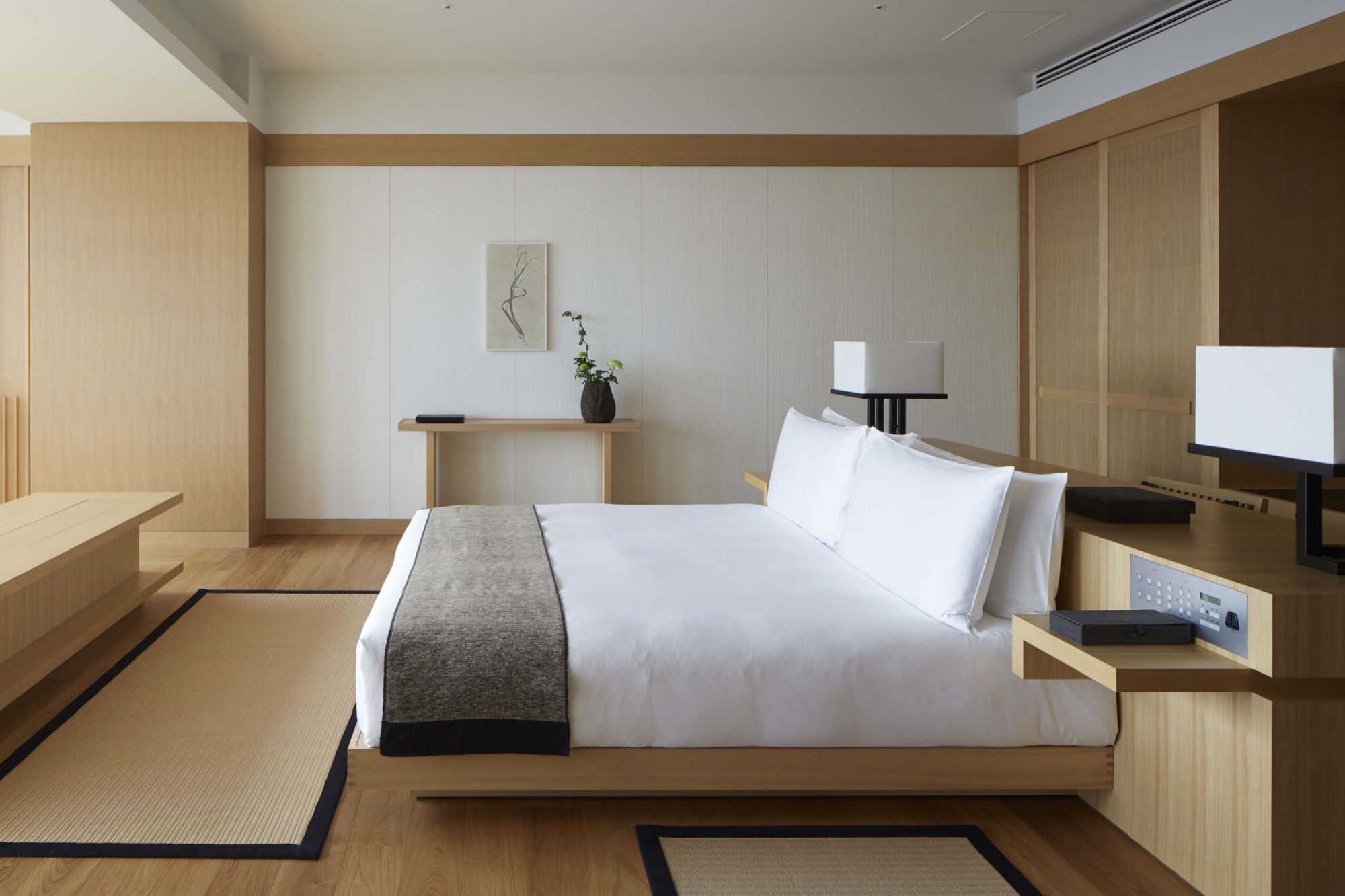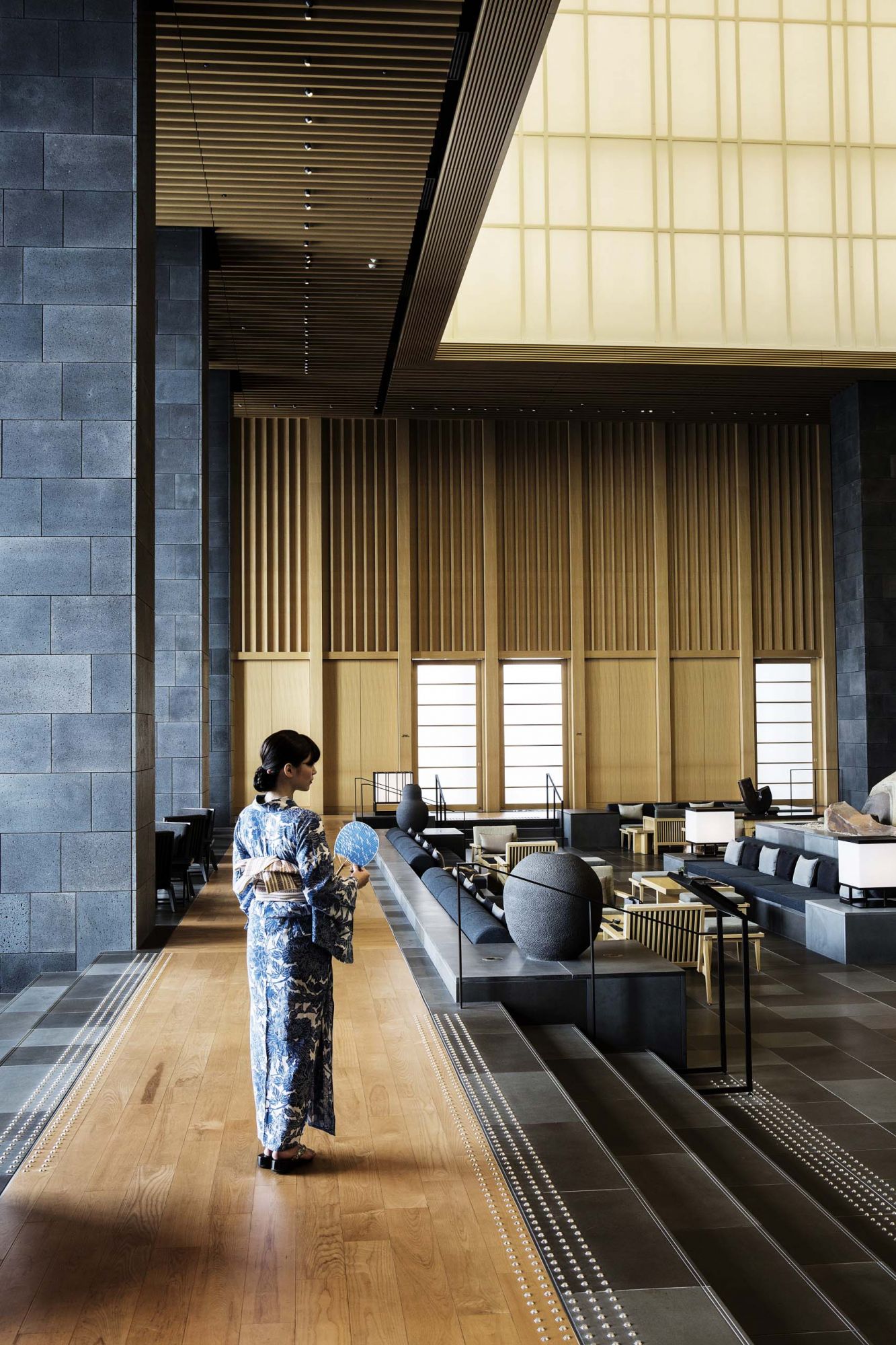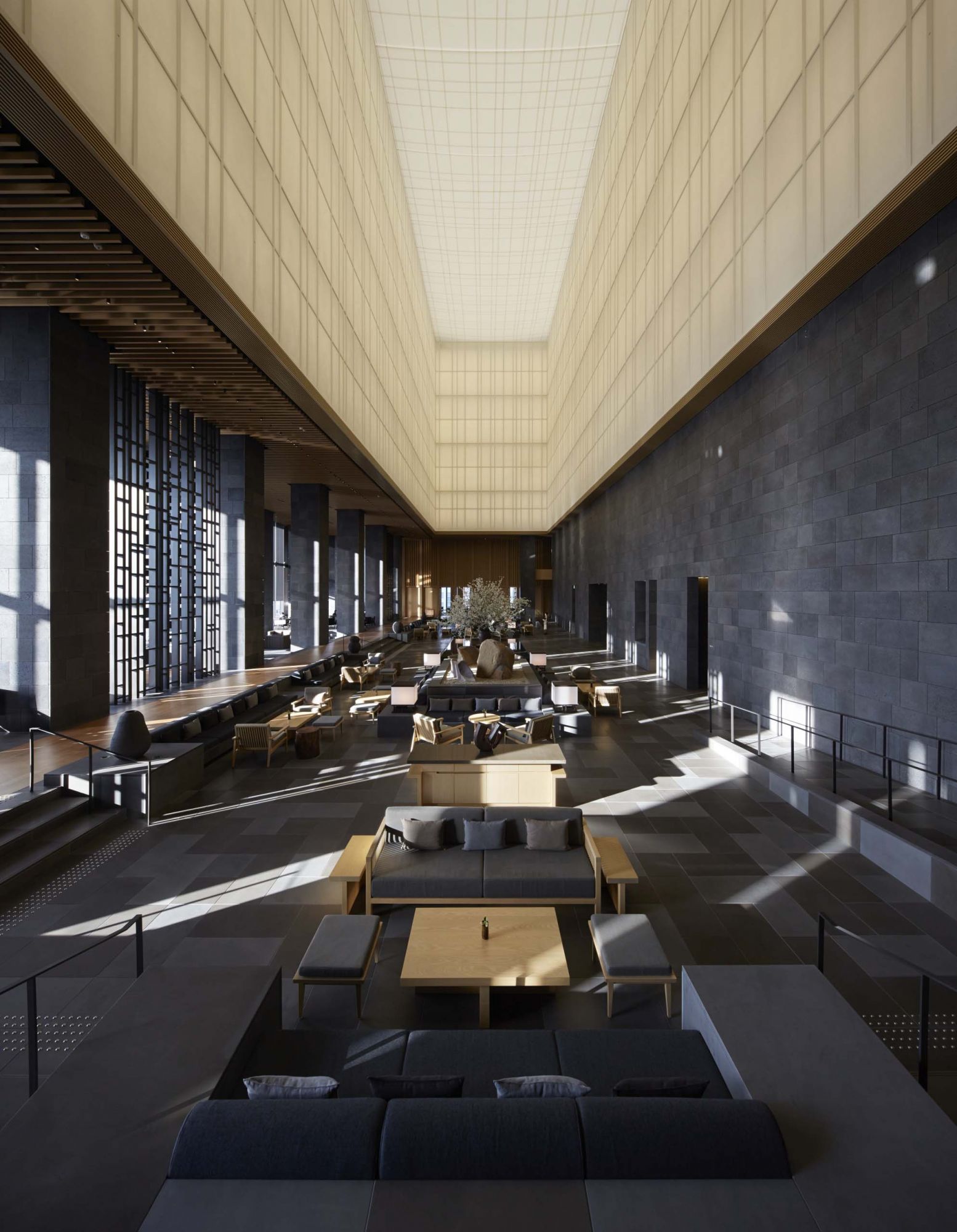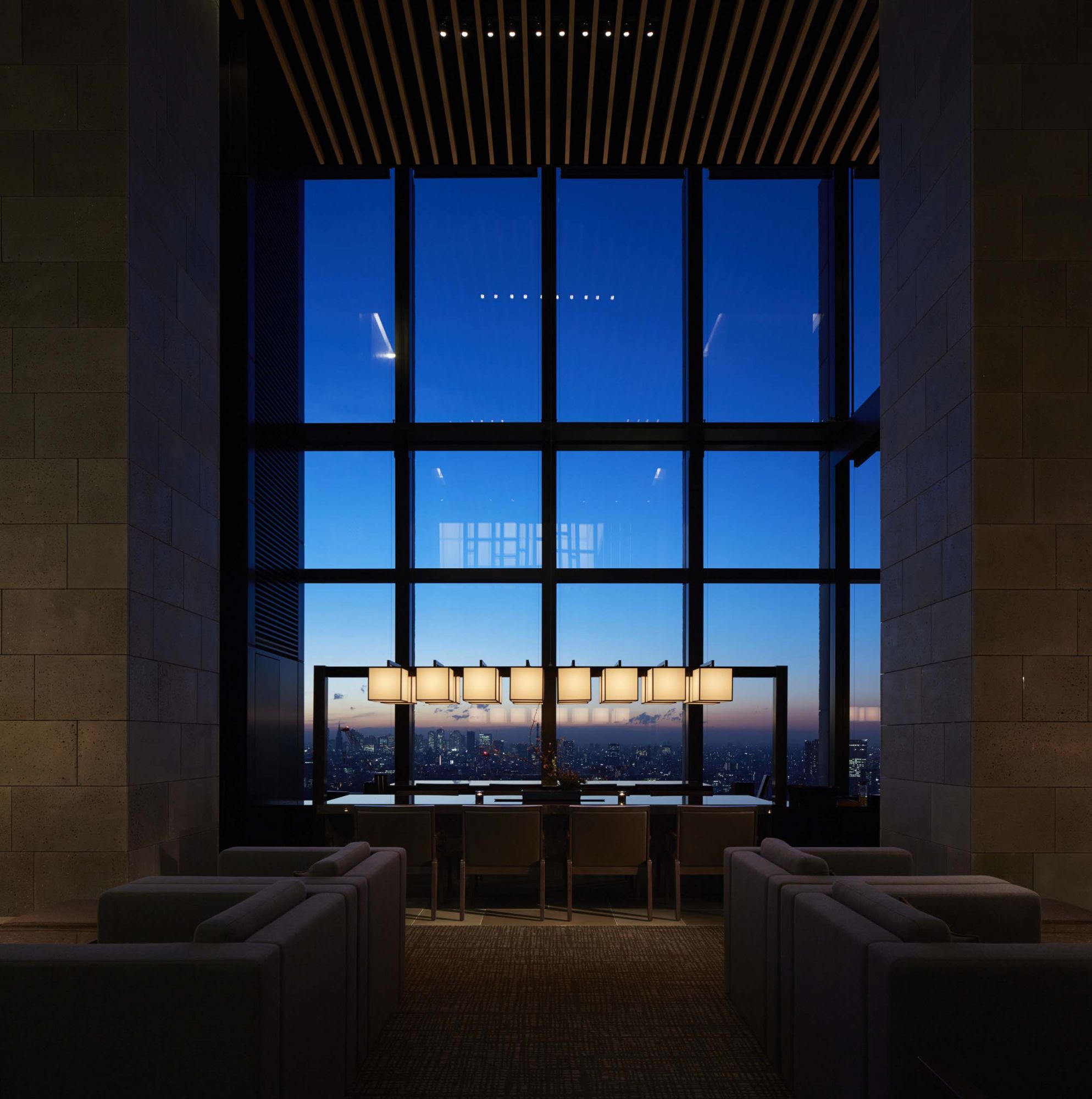Aman's first city hotel is a fitting tribute to the rich culture of Japan, and a true urban oasis that's hard to leave
Tokyo is a city of so many layers that, even though I had lived there for more than three years, I feel I had barely scratched the surface. It's difficult to articulate the depth and intensity of this amazing city, considered a microcosm of the entire country and at the crossroads of traditional and modern Japan.
When Aman announced that Tokyo would be the site of its first urban property, I was among the many who were pleased. At the same time, I recognised the scale of that endeavour. Expectations were stratospheric, both from locals used to impeccable Japanese service and from tourists who expect an authentic cultural representation and experience. That Tokyo has only a handful of design-driven hotels compared to Paris or New York made it a great choice for Aman's initial venture, but the hotel needed to differentiate itself from the influx of luxury properties lining Marunouchi and Ginza. Needless to say, Aman did it right.

I arrived on a Sunday afternoon after a short taxi ride from Tokyo Station to Otemachi Tower, the gleaming, 38-storey high-rise that houses the Aman Tokyo. It's located in Otemachi, a business district that is taking its cue from Marunouchi by slowly shedding its corporate image to welcome more creative establishments. Since the hotel occupies the top six floors, the welcome on the ground floor was simple and efficient, which somehow added to the anticipation.




